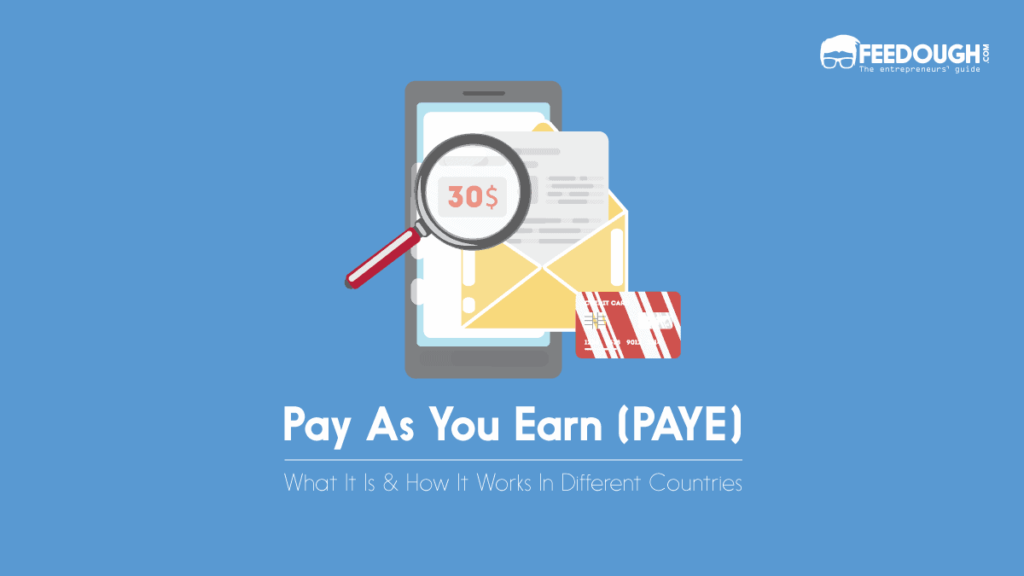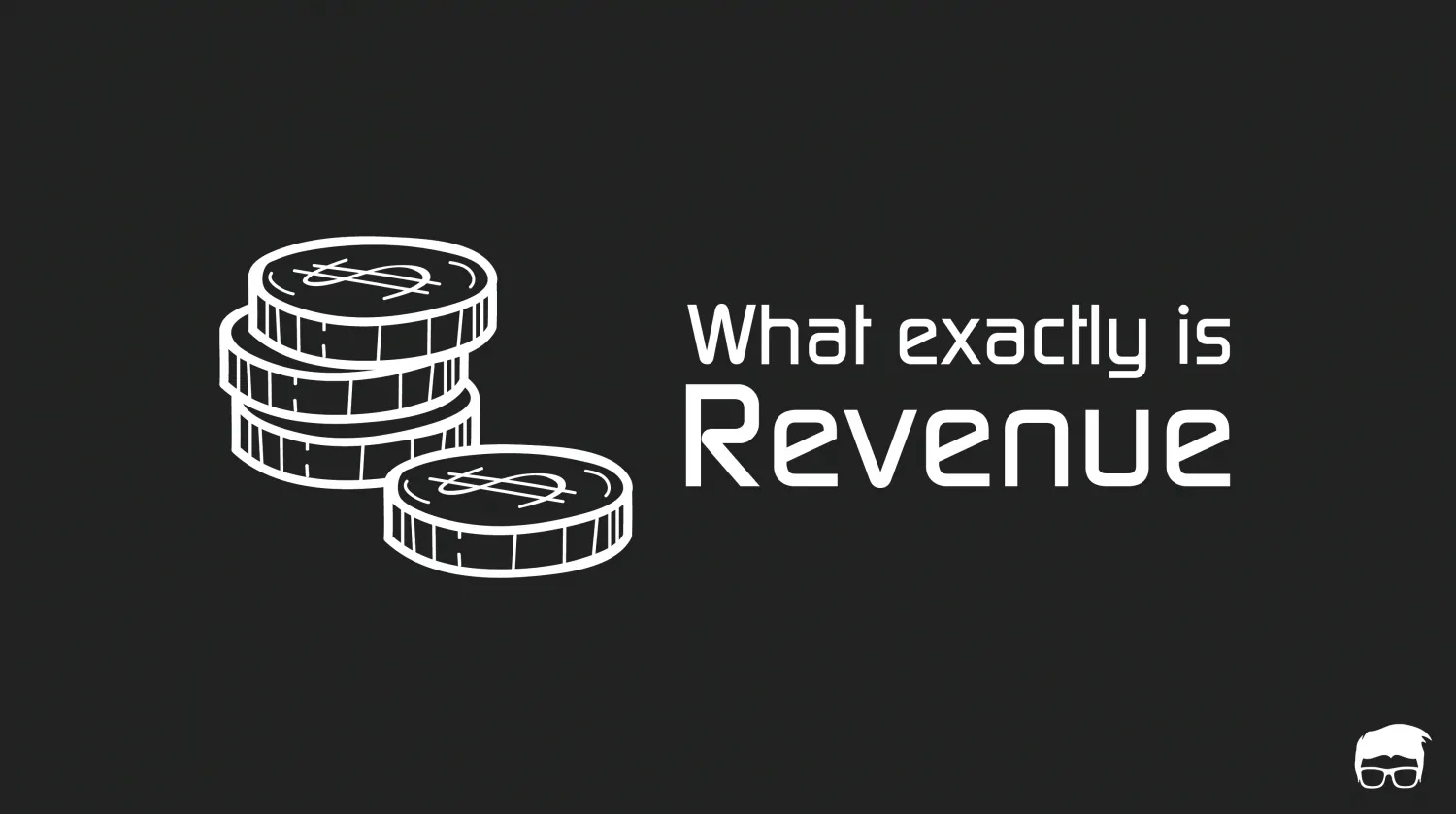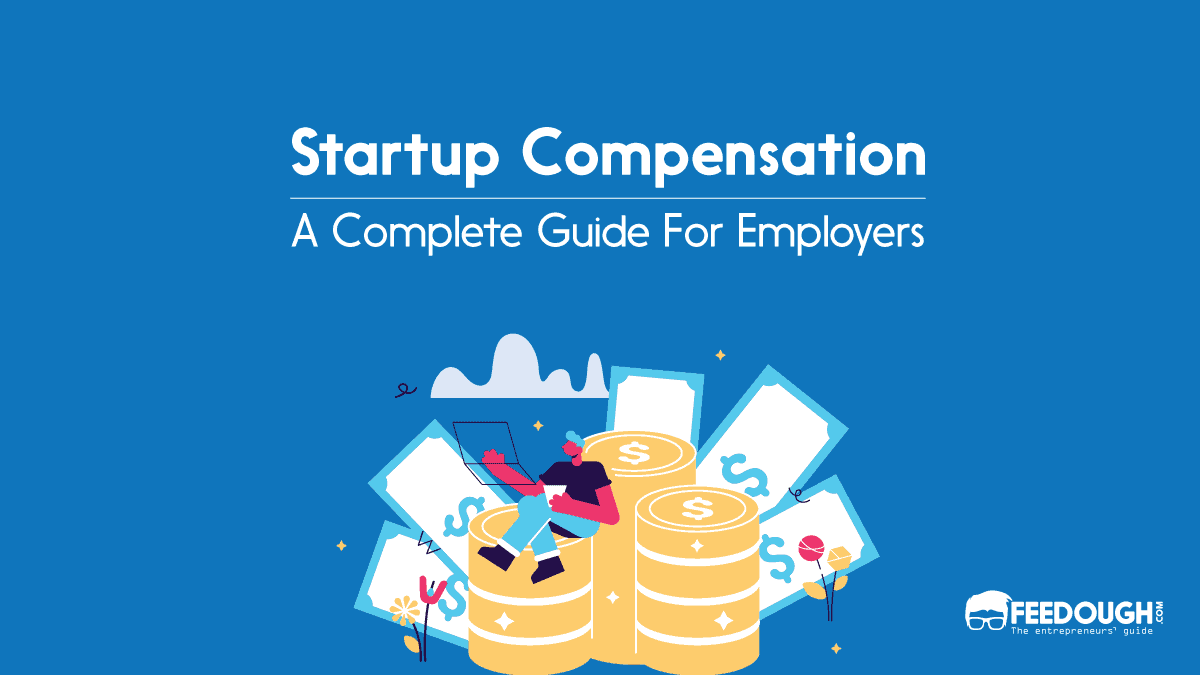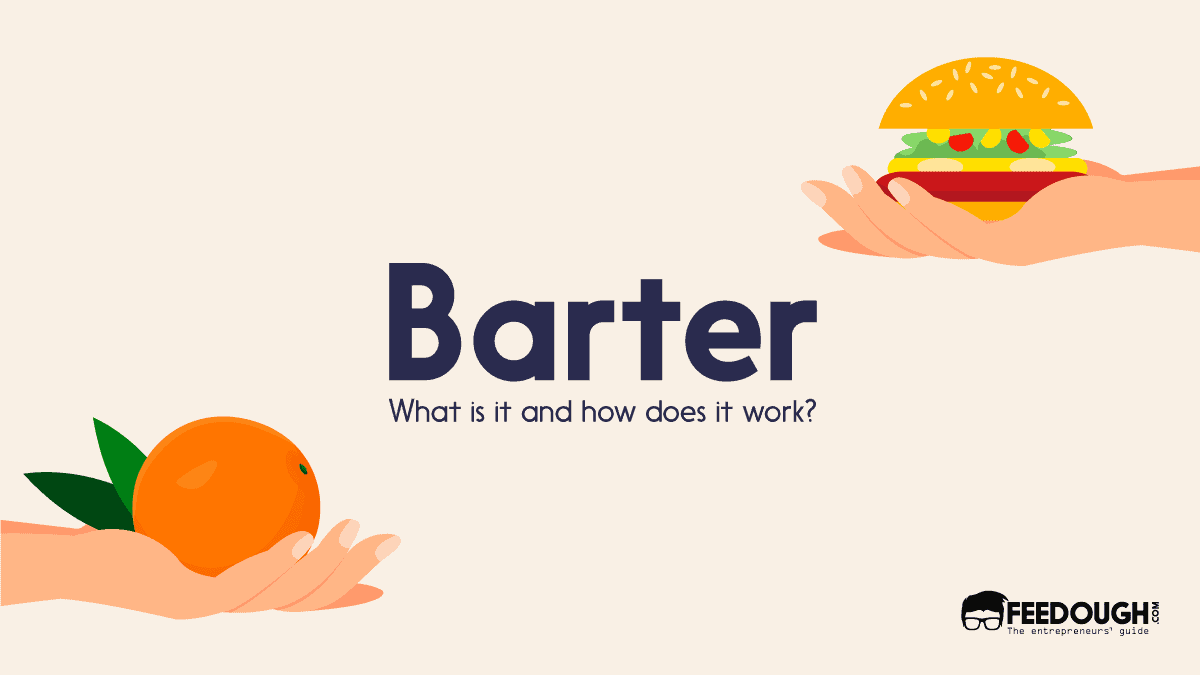Taxes are a huge part of our lives; there’s no escaping them. Be it in developing countries or developed ones, paying taxes is compulsory. The government uses these taxes to provide various public goods and services that we all enjoy.
The type of tax system a country has in place depends on its development level and economic stability.
One such system is the pay-as-you-earn (PAYE) system, also known as Pay As You Go (PAYG) in some countries.
What Is Pay As You Earn?
The Pay As You Go (PAYE) system is a method of collecting taxes from employees as they earn their income. The employer withholds the taxes from the employee’s salary and remits the same to the government.
In some countries like the USA and UK, employers also withhold social security and Medicare taxes along with student loan repayments from the employee’s salary.
In the context of student loans, the employers withhold around 10-15% of the employee’s salary, which can go for up to 20 years.
PAYE isn’t limited to salaries. It is also deducted from other forms of income like pensions.
Usually, tax paid through the PAYE system is refundable to the extent they exceed tax as determined on tax returns.
The PAYE system is prevalent in countries like the United Kingdom, Australia, New Zealand, the USA and some parts of Africa.
How Does PAYE Work?
The Pay As You Earn system is a way the government ensures that employees pay their taxes and repay their student loans.
For The Taxes
Under this system, employers are required to withhold taxes from their employees’ salaries and pay it over to the tax authorities. The money is deducted from the paychecks given to employees every month.
The amount of tax withheld is based on the employee’s income and the tax rates set by the government. The employer also deducts other deductions like social security and Medicare from the paycheck before giving it to the employee.
This tax is also applicable on sick pay, maternity pay, and other forms of income and benefits.
If the amount of tax withheld is more than the employee’s tax liability, the excess amount will be refunded to the employee by the tax authorities. But for this, the employee has to file a tax return.
If the amount of tax withheld is less than the tax liability, the employee will have to pay the difference to the tax authorities. This is called underpayment of taxes.
A great way to calculate how much taxes an employee needs to pay is by using a PAYE calculator designed specifically for their country’s tax system. These calculators are available online and are very easy to use.
For Student Loans
PAYE is also used as a federal student loan repayment plan available to certain new borrowers in the United States. To be eligible, the borrower’s loan must have been disbursed on or after October 1, 2007, and before October 1, 2011. The monthly payments are 10 percent of the discretionary income (the difference between their adjusted gross income and 150 percent of the poverty line for their family size), and they’re capped at the payment that would be required under the Standard Repayment Plan.
The primary advantage of the PAYE repayment plan is that any remaining balance on the borrower’s loan will be forgiven after 20 or 25 years, depending on when they took out the loan. This can be a huge benefit if the borrower experiences financial difficulties during their repayment period and cannot make payments for an extended period.
The other big advantage of the PAYE repayment plan is that the monthly payments will be lower than they would be under the Standard Repayment Plan. This can free up some much-needed cash flow each month, which can be used to cover other expenses or save for the future.
Advantages Of PAYE
The PAYE system benefits all the three parties involved – government, employers, and employees.
- The government receives the taxes on time and in a systematic manner. In fact, PAYE is one of the most important revenue sources for the government.
- Employers don’t have to worry about paying taxes for their employees. This system is quite simple and easy to follow.
- Employees know exactly how much taxes they need to pay and there is no scope for any error. From a student loan perspective, this is one of the biggest advantages as it ensures that the right amount is deducted each month, depending on the employee’s earnings.
Overall, the PAYE system is a very effective way of collecting taxes from employees. It is simple, accurate, and efficient. Countries that have adopted the PAYE system have seen significant improvements in their tax collection efforts.
Disadvantages Of PAYE
- The main disadvantage of PAYE is that it doesn’t take into account the individual’s circumstances. For example, if an individual has a low income in one month but a high income in the next, their tax bill will be higher than it should be.
- This system also doesn’t allow for any deductions or tax credits. So, even if an individual is eligible for certain deductions, they won’t be able to claim them under the PAYE system. They’ll only get the return on their taxes when they file their annual tax return.
- Another disadvantage of PAYE is that it can be difficult to keep track of. If an individual has multiple sources of income, they may not be able to accurately calculate their taxes using the PAYE system. This can lead to underpayment or overpayment of taxes.
- Moreover, it adds an additional burden on employers, who must withhold taxes from their employees’ paychecks and remit them to the government. This can be a time-consuming and complicated process, especially for businesses with a large number of employees.
Bottom-Line?
The PAYE system is a progressive tax system that is used in many countries around the world. It is a simple and efficient way to collect taxes and loan repayments from employed individuals. But it has its own cons. Employees and employers must be aware of how the system works in order to avoid any errors in tax calculation.
Go On, Tell Us What You Think!
Did we miss something? Come on! Tell us what you think about our article on Pay As You Earn (PAYE) in the comments section.
A startup consultant, digital marketer, traveller, and philomath. Aashish has worked with over 20 startups and successfully helped them ideate, raise money, and succeed. When not working, he can be found hiking, camping, and stargazing.




![How to Register a Company? [Detailed Guide] company phase registering company](https://www.feedough.com/wp-content/uploads/2017/08/company-phase-registering-company-10.webp)




